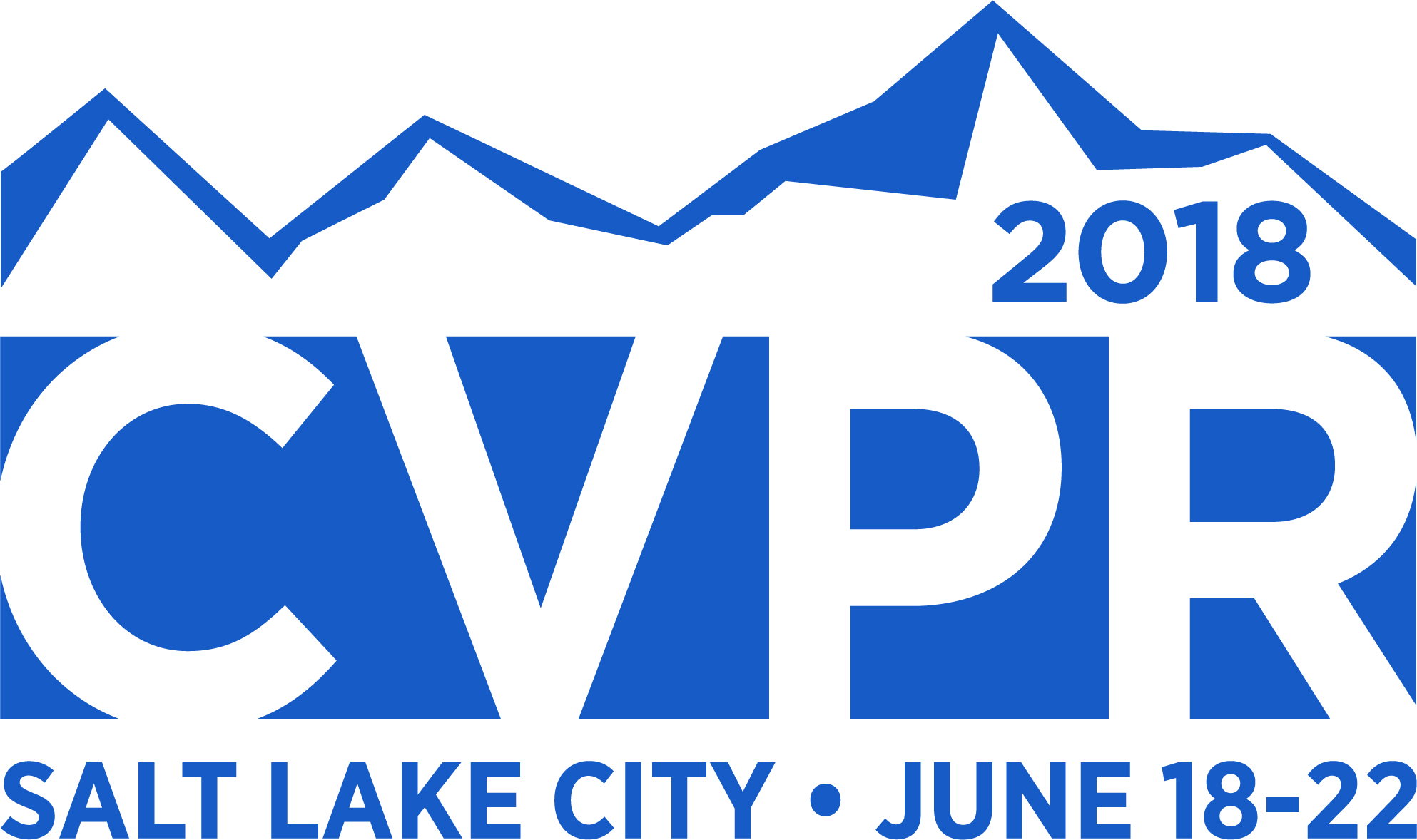-
Motion-Appearance Co-Memory Networks for Video Question Answering
AbstractVideo Question Answering (QA) is an important task in understanding video temporal structure. We observe that there are three unique attributes of video QA compared with image QA: (1) it deals with long sequences of images containing richer information not only in quantity but also in variety; (2) motion and appearance information are usually correlated with each other and able to provide useful attention cues to the other; (3) different questions require different number of frames to infer the answer. Based these observations, we propose a motion-appearance co-memory network for video QA. Our networks are built on concepts from Dynamic Memory Network (DMN) and introduces new mechanisms for video QA. Specifically, there are three salient aspects: (1) a co-memory attention mechanism that utilizes cues from both motion and appearance to generate attention; (2) a temporal conv-deconv network to generate multi-level contextual facts; (3) a dynamic fact ensemble method to construct temporal representation dynamically for different questions. We evaluate our method on TGIF-QA dataset, and the results outperform state-of-the-art significantly on all four tasks of TGIF-QA.
Related Material
[pdf] [arXiv][bibtex]@InProceedings{Gao_2018_CVPR,
author = {Gao, Jiyang and Ge, Runzhou and Chen, Kan and Nevatia, Ram},
title = {Motion-Appearance Co-Memory Networks for Video Question Answering},
booktitle = {Proceedings of the IEEE Conference on Computer Vision and Pattern Recognition (CVPR)},
month = {June},
year = {2018}
}
These CVPR 2018 papers are the Open Access versions, provided by the Computer Vision Foundation.
Except for the watermark, they are identical to the accepted versions; the final published version of the proceedings is available on IEEE Xplore.
Except for the watermark, they are identical to the accepted versions; the final published version of the proceedings is available on IEEE Xplore.
This material is presented to ensure timely dissemination of scholarly and technical work.
Copyright and all rights therein are retained by authors or by other copyright holders.
All persons copying this information are expected to adhere to the terms and constraints invoked by each author's copyright.

